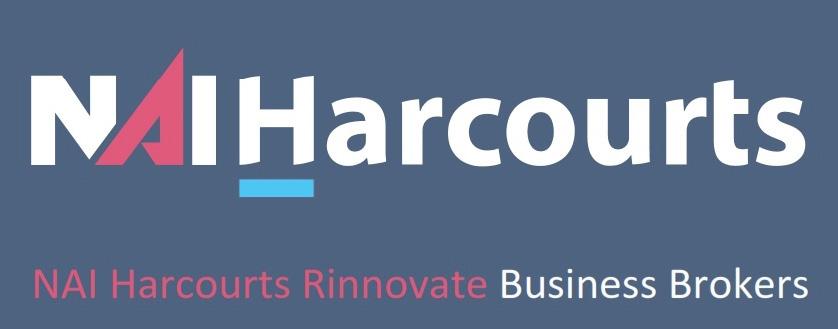
2 minute read
MEASURING YOUR BUSINESS SUCCESS WITH ROI
What Is Roi
ROI (Return on Investment) is a financial metric that measures the profitability of an investment. To compute the ROI Rate, the net profit (ideally adjusted for normalisations/add-backs) of an investment is divided by the total amount of money invested. The resulting figure of the computation provides a clear understanding of the financial returns generated by a particular investment on a per annum basis, should the business maintain its current performance..
Advertisement
How Roi May Be Utilised By Businesses
Using ROI enables a clear-cut understanding of the financial performance of a business through a standardised numeric figure. Business owners utilise ROI to make more informed decisions about where to invest resources in the future and identify the investments that are most likely to generate a high return. Additionally, ROI can be used to help businesses forecast future returns and effectively allocate resources where necessary, making it a valuable tool in budgeting and planning.
ROI can account for the time value of money and to assess the efficiency of investments. The time value of money posits that money has a greater value in the present than in the future because of the potential to earn interest through investment. ROI takes this into account by measuring the net profit of an investment relative to the total amount of money a business has invested over a defined period of time. This allows for an accurate comparison of the potential returns of multiple investments even if they have different time horizons.
Additionally, ROI helps businesses benchmark their financial performance against industry standards. ROI figures may provide insights into areas where a business is underperforming and highlight opportunities to improve its operations, such as increasing efficiency or reducing costs to stay ahead of the competition.
Roi For Purchasers
Purchasers may also utilise ROI when deciding on an acquisition. ROI helps purchasers evaluate the potential benefits and risks of an acquisition opportunity by quantifying factors and comparing the potential returns of different investment options.
A high ROI is positive and can make a purchase more attractive, enabling the possibility of a seamless sale process. While a low ROI may make a purchaser less inclined to proceed with the sale, it may be spun in a positive way. A low ROI may be reframed as an opportunity for growth and improvement that has the potential to pay off in the long term. By focusing on solutions rather than problems, purchasers and their stakeholders can work together to drive positive change in the business they wish to acquire.

Conclusion
In summary, ROI helps measure business success, enabling businesses and investors to determine whether their investments are generating enough profit to justify the amount of money invested. It assists business owners or purchasers make informed decisions about where to allocate resources and whether to continue with a particular investment or strategy. ROI provides a clear understanding of profitability, facilitates investment decisions and helps evaluate business performance over time to










